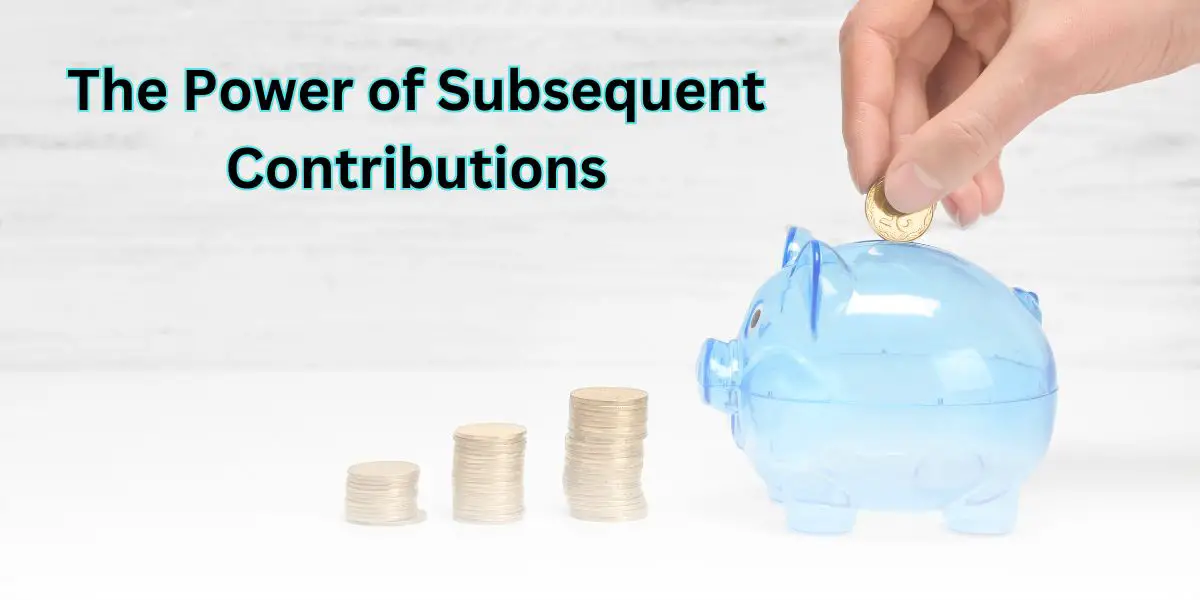Unlocking Financial Growth: The Power of Subsequent Contributions
In today’s financial landscape, individuals are increasingly looking for ways to secure their financial future. One such strategy gaining popularity is subsequent contribution, also known as regular investment. This approach involves making consistent, periodic investments into an investment vehicle over time. This article explores the concept of subsequent contributions, how it works, its benefits, and considerations before making such investments.
